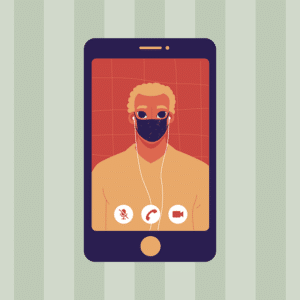
The Coronavirus Pandemic Impacts Telemedicine
Telemedicine generated headlines during 2020 in part as a result of the ongoing COVID-19 pandemic. The federal government and many insurance companies sometimes encouraged patients to schedule telemedicine appointments in locations subject to stay at home public health orders. In certain circumstances, telemedicine offers a way to communicate with health care professionals without leaving home, and risking possible exposure to coronavirus. The use of this technology also encourages compliance with social distancing guidelines, since patients don’t need to visit crowded waiting rooms.
Promoting Telemedicine
To make it easier for insured patients to use telemedicine services during the pandemic, some health insurance companies even opted to cover many of the costs of remote visits. A number of insurance firms reportedly chose to temporarily waive copay, coinsurance, and deductibles associated with medical care not related to COVID-19 concerns, for instance. Although several insurers discontinued this practice beginning on October 1, 2020, others have chosen to keep these policies in effect through the end of the year.
Advantages And Disadvantages of Telemedicine
Some news stories suggest the emphasis upon an increased use of telemedicine during the pandemic has furnished both advantages and disadvantages. Reportedly, primary care telemedicine visits in the United States surged in volume during the second quarter of 2020. However, the total number of primary care consultations nationwide actually declined during the first three months of the coronavirus pandemic.
While telemedicine has played a helpful role in allowing patients to communicate remotely with health care professionals, it has not furnished wide access to care in many communities. One recent study also expressed concern that this type of medical consultation may not facilitate the detection of some risk factors for heart disease patients as readily as in-person visits.
A Valuable Technology
Possibly the use of telemedicine during the pandemic has heightened public awareness about this technology. The wider use during the past decade of smartphones furnishing Internet access may have contributed to public interest in obtaining remote health care services.

